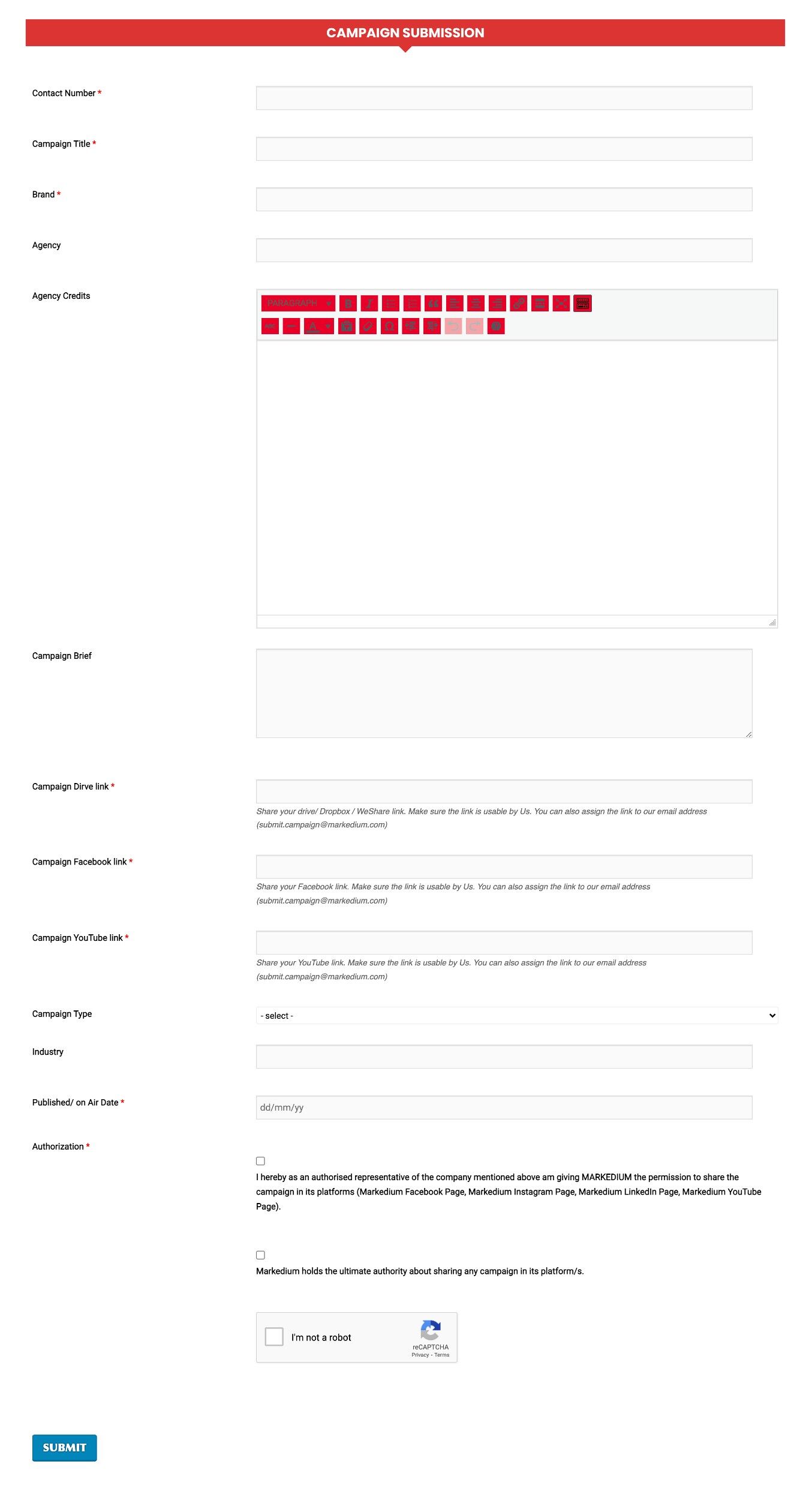
Food Inflation in Bangladesh Hits Decade-High, Straining Low-Income Communities2 min read
In October, Bangladesh witnessed a startling surge in food inflation, reaching a ten-year high of 12.56%. This alarming increase is placing immense financial pressure on low-income and vulnerable populations, who allocate a significant portion of their meager earnings to food expenses, thereby curtailing their ability to meet other critical needs such as healthcare, education, and housing.
Food inflation in Bangladesh has been on the rise, with rates of 12.54% in August and 12.37% in September. Additionally, non-food inflation increased from 7.82% in September to 8.30% in October.
The overall inflation rate for the country saw an uptick, reaching 9.93% in October compared to 9.63% in September, with the highest rate in a decade at 9.94% in May.
Importantly, inflation has consistently remained above 9% since March, with a recent slight decrease but no sustained drop below 9.5% since May.
Moreover, the ongoing foreign exchange crisis, which has hindered imports, has disrupted the supply system and remains unresolved.
Aside from rice, other essential products heavily rely on imports, leading to systemic issues in the market. Prices of items like eggs, potatoes, and edible oil are rising without a clear economic rationale, complicating the attribution of these price hikes to basic supply and demand dynamics.
Read more: Here’s How Robi achieved 203.1% YoY profit growth in 9M’23.
Market leaders occasionally hike prices, and it takes time for them to stabilize, causing food inflation to fluctuate. The government’s price-fixing at the retail level worsens the problem, as price manipulation often occurs at the wholesale, import, or production levels.
Effective inflation reduction requires promoting competition at these different market stages.
Inflation rates in Bangladesh vary between rural and urban areas. Rural areas experienced a slight increase, with inflation rising from 9.75% in September to 9.99% in October, according to BBS data.
Food inflation in rural areas increased marginally from 12.51% to 12.53% in October, while non-food inflation saw a significant jump from 7.42% to 8.01%.
In urban areas, inflation also rose, climbing from 9.24% in September to 9.72% in October. Food price inflation in urban areas increased from 12.01% to 12.58% in October, and non-food inflation rose from 8.12% to 8.50%. Additionally, BBS data shows a slight increase in the wage rate, reaching 7.69% in October, up from 7.64% in the previous month.
The surge in food inflation has raised concerns about the economic well-being of the country’s most vulnerable citizens. As the government grapples with this economic challenge, it remains to be seen what measures will be taken to address the issue and alleviate the financial strain on low-income communities.
For more updates, stay connected with Markedium.




